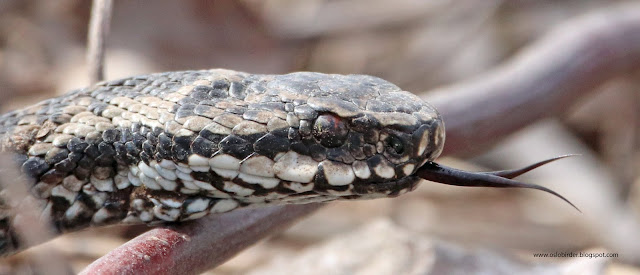When we are at home at Easter one of the things I really like is to go birding in Maridalen at dawn and then get home and make breakfast for a still sleepy family. The quality of the birding varies greatly from year to year depending on when Easter falls but there is always something good to see. This year there, so far, not large numbers of birds but new migrants are creeping in every day.
Yesterday I added Grey Wagtail and Siskin (finally!)
to my 2021 list and today I saw my first Song Thrush but the most notable event
is the bird song. There is suddenly loads of noise everywhere with the following
birds singing or displaying: Chaffinch, Blackbird, Redwing, Wren, Robin,
Yellowhammer, Lapwing, Green and Great Spotted Woodpeckers, Goldcrest, Blue and
Great Tits, Nuthatch, Wood Pigeon, Greenfinch, Skylark, Mistle Thrush and Reed
Bunting. The change in the soundscape from just a week ago is hardly to
believe.
The White-fronted Goose is still around but there is
little other wildfowl with the lake still 99% frozen – I suspect it will still
be a couple of weeks before there is a lot of open water but temperatures did
rise to 15C yesterday so the thaw could go quickly. The sudden increase in
temperature caused the GPS tagged Taiga Beans to move north to their next
staging grounds in Hedmark where they usually only have a short stop before
they make the final move to their breeding grounds. It feels like the geese
spend shorter and shorter periods of time on their staging grounds with warmer
springs meaning they can press on earlier.
 |
| early mornings in Dale can be quite misty |
 |
| a flock of 7 Twite (bergirisk) this morning were a welcome sight |























































